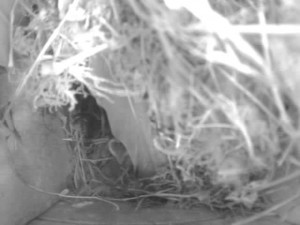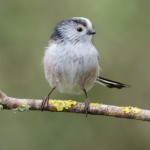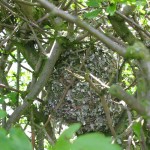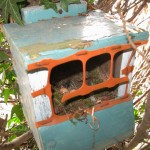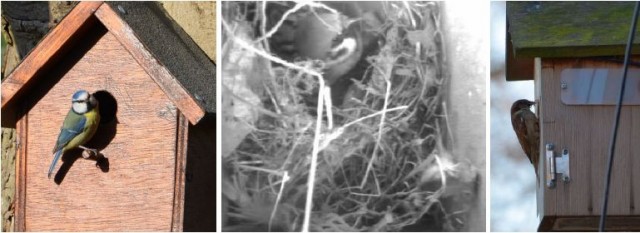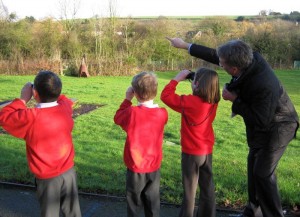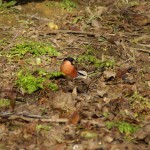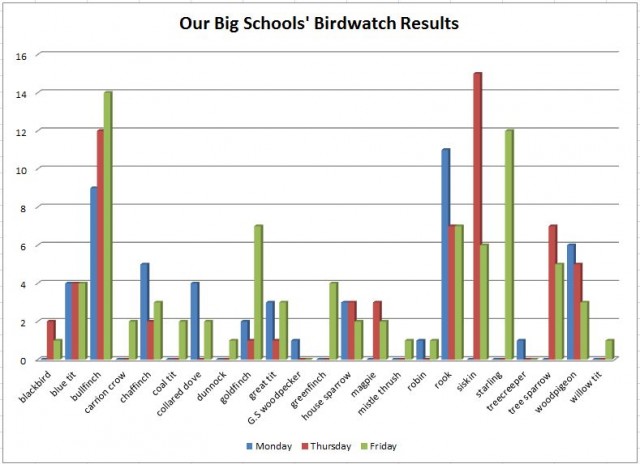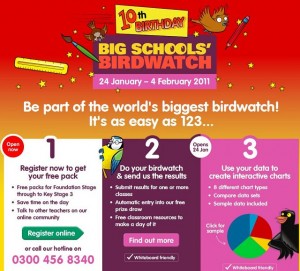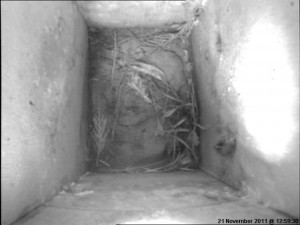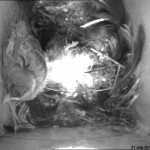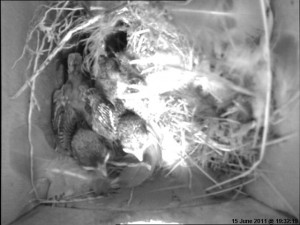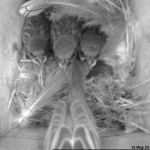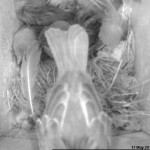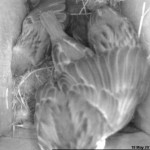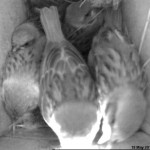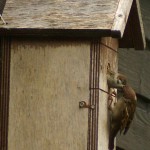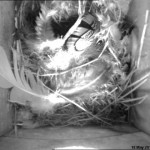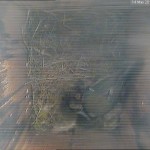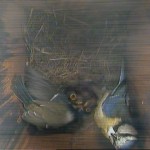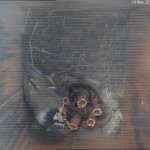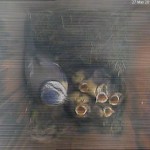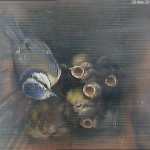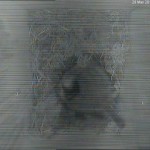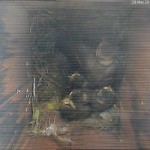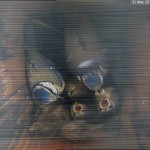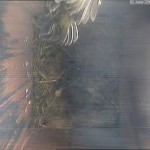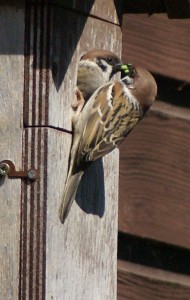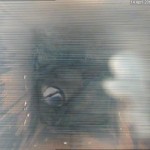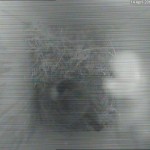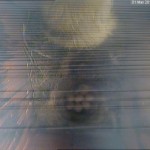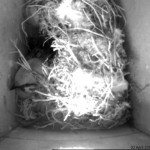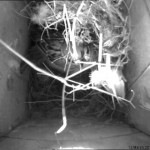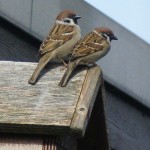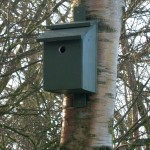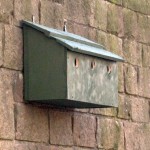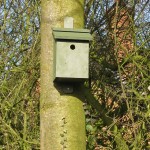When we broke up for the Easter Holidays (30th March), we suspected that the Tree Sparrows in the B&W (Infant) box had started to incubate eggs. Although the dome shaped structure of the nest meant that the birds were mainly out of sight, they did appear to be spending long periods of time sitting very still in the box. By the end of the holidays there appeared to be a lot more activity, could there be chicks? Class 3 were watching the live stream today and think they glimpsed a chick. This evening I definitely spotted the gaping beak of a chick. Keep watching to see how many chicks there are.
Unfortunately, the Robin nest in the box near the gate looks like it was abandoned. It’s possible that the eggs hatched but snowy weather in the first week of the holidays meant that the adults couldn’t collect enough food to support the chicks. Predators may also have been responsible for a failed clutch/brood. However, during the holidays, a pair Long-tailed tits were busy crafting a nest in a nearby Hawthorn bush. The nest is egg shaped and made out of lichen glued together with cobwebs! It is lined with feathers and hair. Please don’t play on or behind the mound, we don’t want to frighten them away from their nest.
- Long-tailed tit
- Long-tailed tit nest
- Robin eggs

